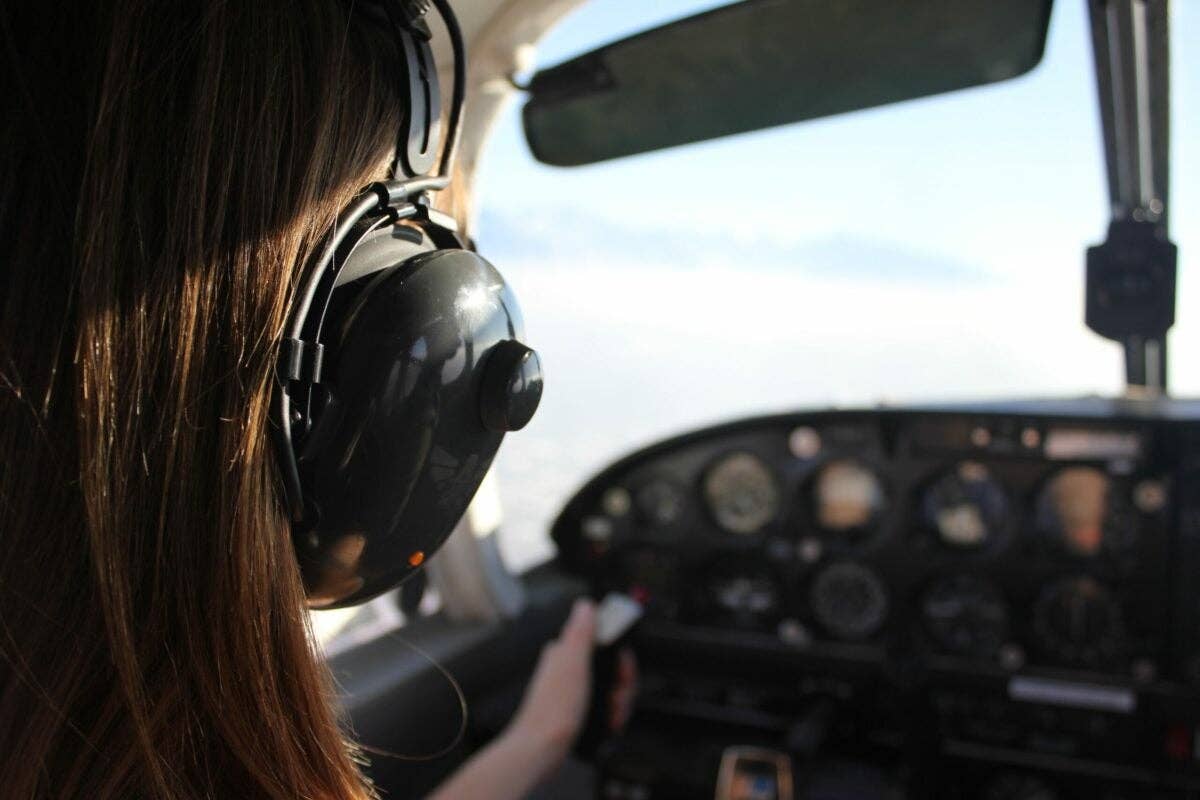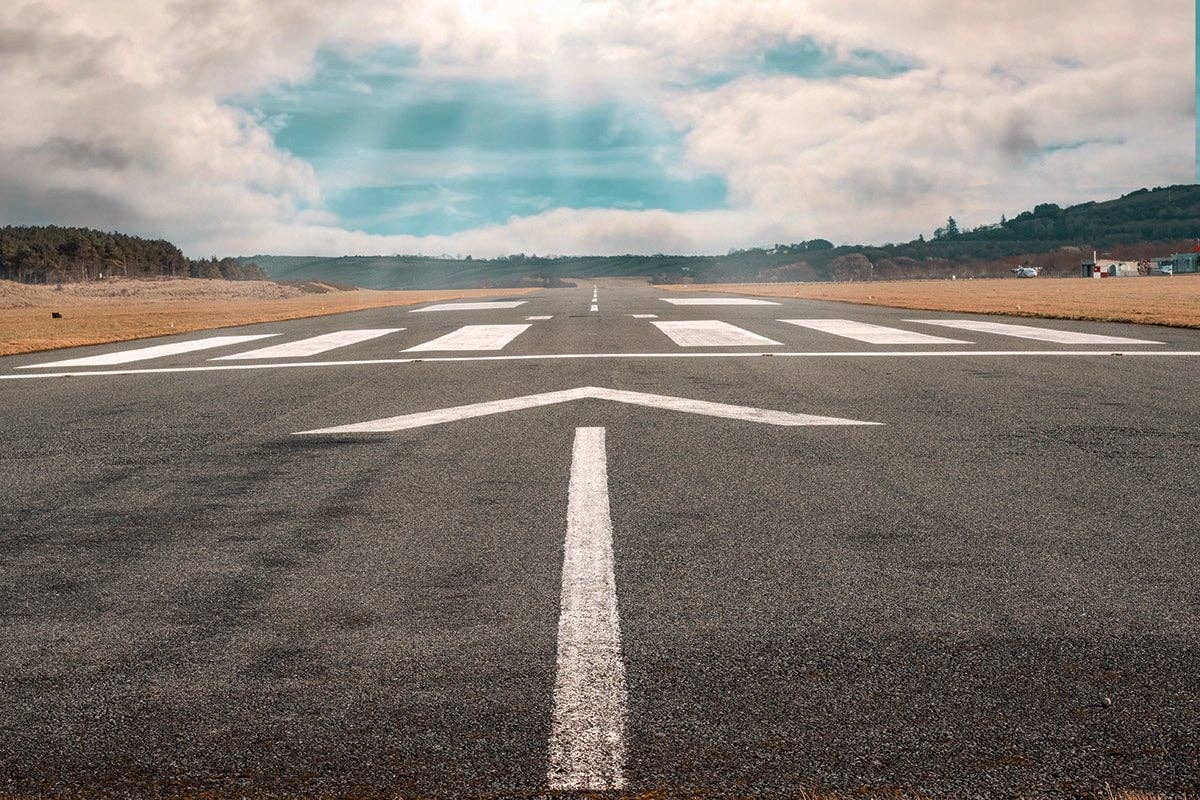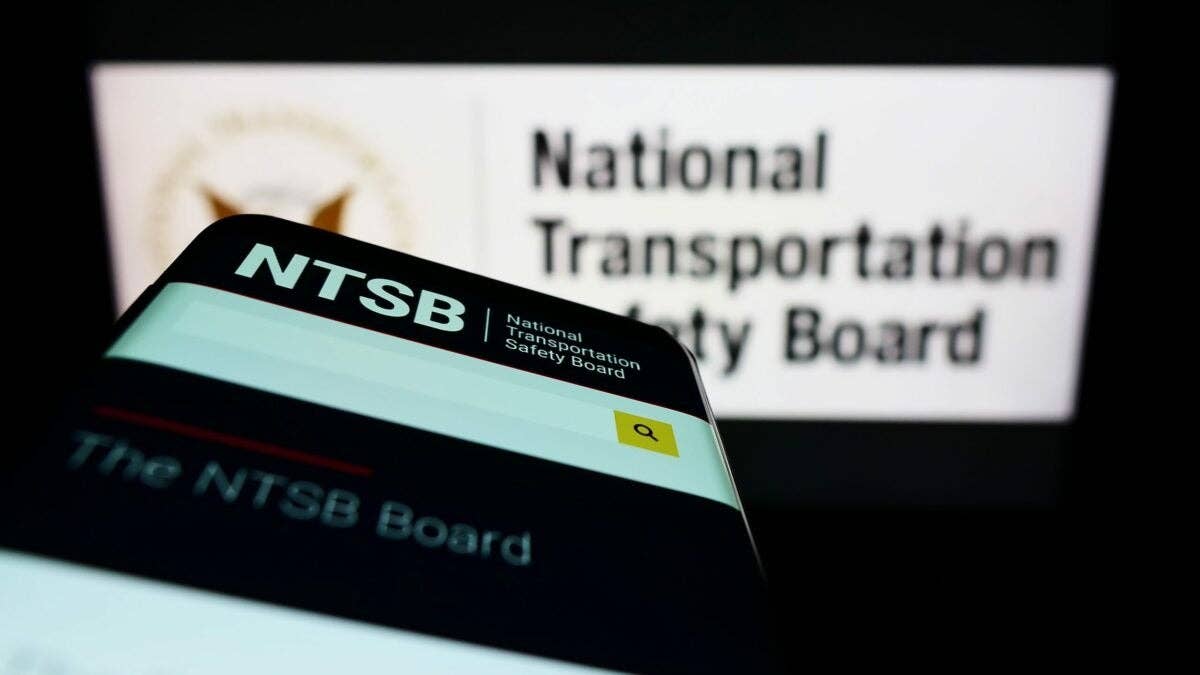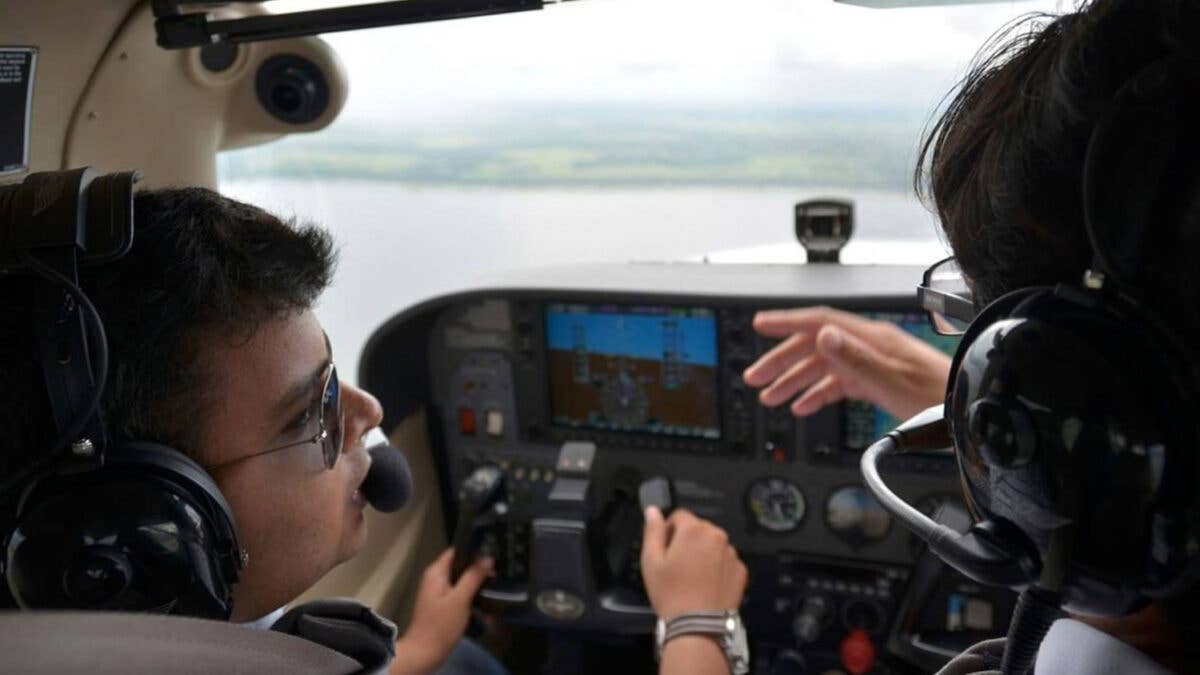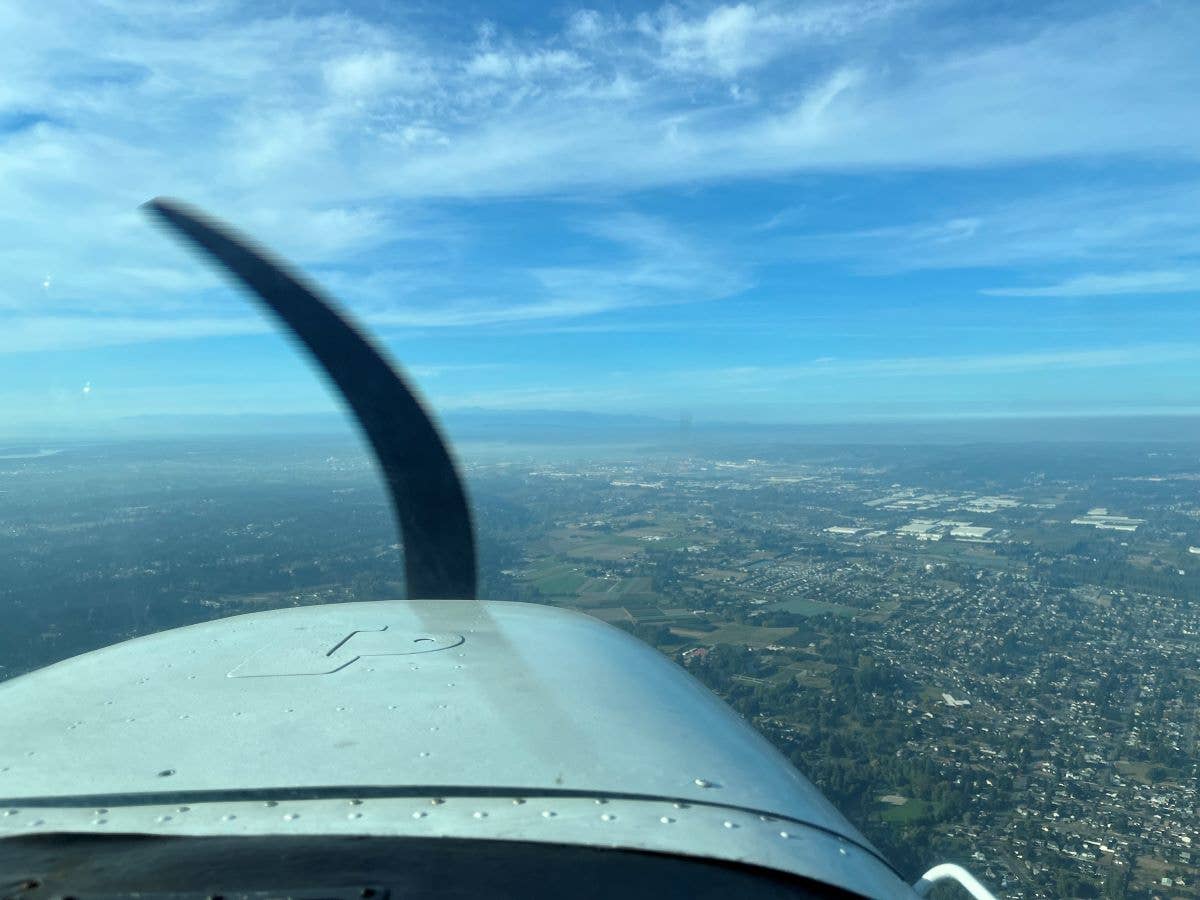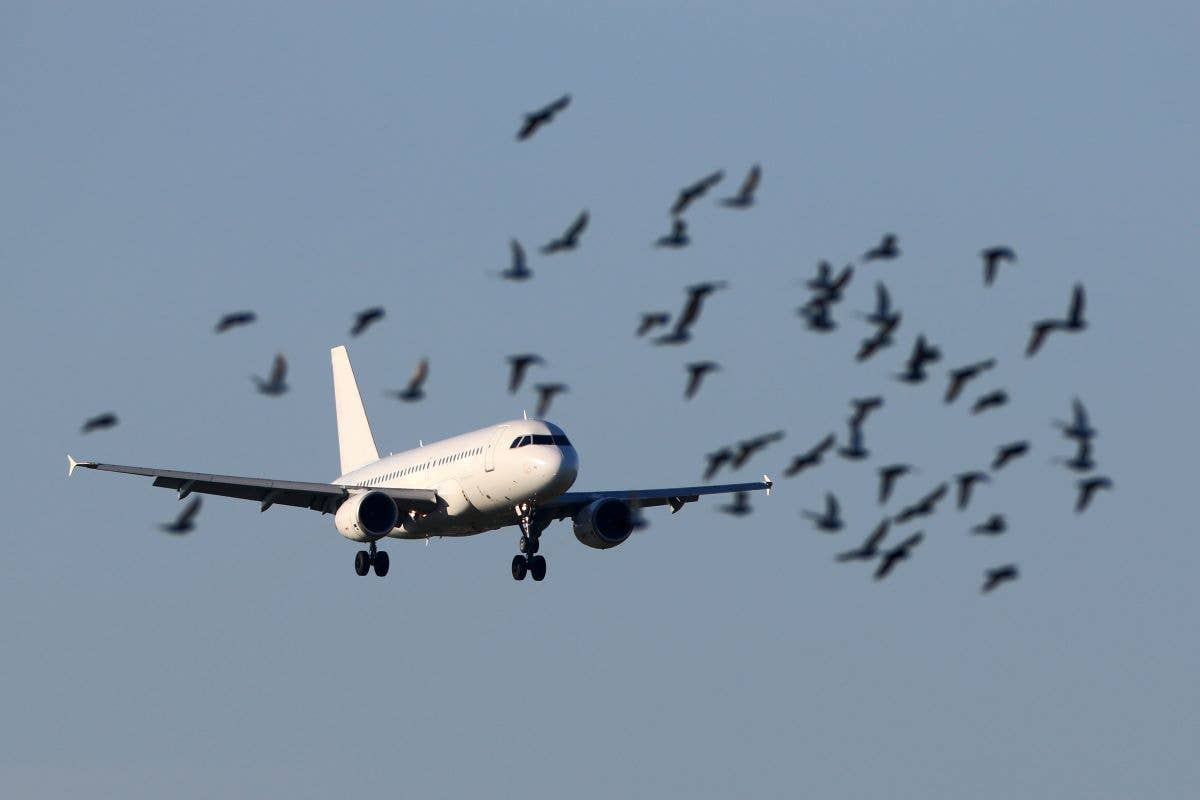What to Expect When Learning to Fly
We answer some of those frequently asked questions about what earning your private pilot certificate entails.
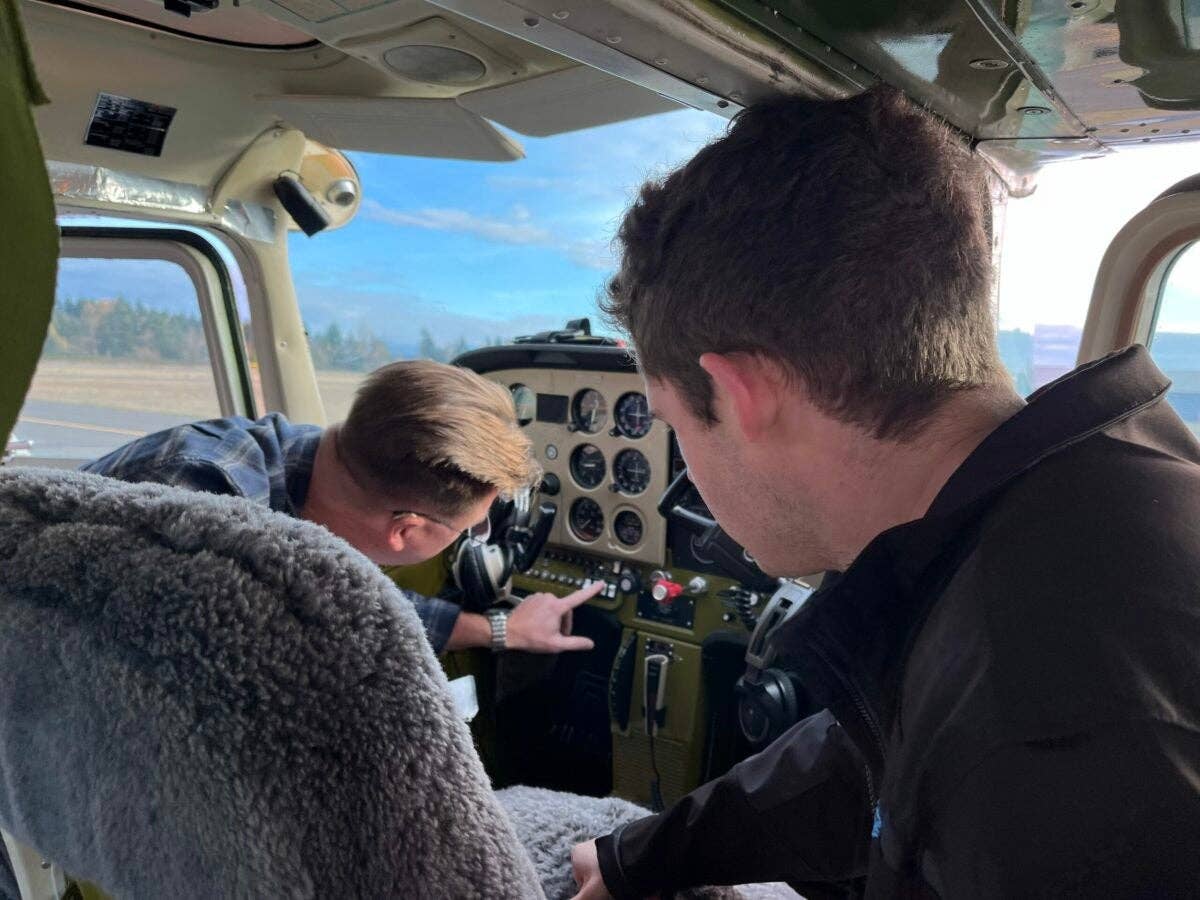
Learning to fly and obtaining a pilot certificate usually takes a few months, with flying lessons two or three times a week. [Courtesy: Meg Godlewski]
This is the Experimental Aircraft Association’s Learn to Fly Week. If you are one of those folks who always wanted to learn, this may be the time to head to the airport and take an introductory flight.
Flying is one of those things that so many people want to try—or have questions about. We answer some of those frequently asked here.
Learning to fly and obtaining a pilot certificate is not like learning to drive a forklift. You can't do it in an afternoon. It usually takes a few months, with flying lessons two or three times a week.
It will be expensive, around $6,000 to $10,000 for a private certificate. You do not have to pay the money up front. Be wary about putting money on account at a flight school unless it has a refund policy and it is in writing.
Get your medical certificate early. If you are pursuing a certificate to fly an airplane, you will need to have it before you are allowed to solo. If deferred, don't give up. There may be an opportunity for special issuance, or you may seek a pilot certificate that doesn't require a medical certificate, like flying gliders.
You will need an aviation headset and pilot logbook. Bring both with you to your flight lessons. You will want to get a gear bag to carry these materials along with a notebook for taking notes and writing down information in the cockpit.
You will learn to read an aviation sectional, which is a map used for navigation. You will learn how to use the pilot's operating handbook (POH) for your aircraft to determine its performance.
Part 61 vs. Part 141
The difference between training under Part 61 and Part 141 is structure. Part 141 is the more restrictive of the two. Under Part 141, the use of a syllabus is required, lessons are done in a specific order, only certain airports are authorized for flights to and from, there is a training course outline (TCO), and stage checks are required to advance in training.
- READ MORE: Pointers for Packing Your First Flight Bag
The material covered under Part 61 and Part 141 is identical, but some funding sources will require the applicant to be training at an accredited 141 program.
The benefit of Part 141 is that, in theory, the structure allows for the applicant to achieve the required experience in as little as 35 hours to be eligible for the check ride. Under Part 61, the minimum is 40 hours.
For best results, use a syllabus to make sure all the material is covered in a logical order. Your instructor should have a copy that they refer to, and you should have a copy of it as well.
Be advised, the national average for experience for applicants taking private pilot check rides is around the 60-hour mark, no matter which part you train under.
The benefit of Part 61 is that if there is a hiccup with the issuance of your medical certificate that delays your first solo, you won't have to stop training. You can move ahead to other dual lessons (that means flying with an instructor) in the syllabus until your medical challenges are resolved. Also, you have more flexibility when it comes to airports you are allowed to fly to, therefore your experience will be broader than someone trained under Part 141.
Use the FAA Airman Certification Standards (ACS), which are the minimum "passable" performance for a pilot, from day one. The ACS provides performance metrics, such as holding altitude within 100 feet and heading within 5 degrees. Remember these are the minimum standards, so strive to do better.
Learn to Use a Mechanical E6-B Flight Computer
Don't let it intimidate you. The instructions for solving time, speed, and distance problems are printed on the face of the instrument. The backside of the instrument is the wind calculation side, and it can be very useful for visualizing wind correct angles.
For the pilots (often lapsed CFIs) who argue that the cockpits of turboprops and jets have flight management systems and backups on backups for navigation that will tell you wind correction angles, ground speed, time en route, etc., please remember it's going to be a long time before the private pilots who want to be professional pilots get to that level with those resources.
And not everyone wants to be a professional pilot.
- READ MORE: How To Use a E6B Flight Computer
Learning to use the mechanical E6-B before you go to an electronic version or an app is the aviation version of learning how to do basic math before using a calculator. It gives you an extra tool to use in the cockpit should your electronic device run out of juice, get stolen, or do an uncommanded gravity check with pavement that renders it inoperable.
Structure of Lessons
A traditional flight school is not like attending high school. You won't be in a classroom or airplane all day. Your ground school can be done face to face and will be a few hours a day, or you can do it online. At the completion of the course you will be endorsed to take a knowledge test (commonly known as the written test, although it is all on computer now) administered by an FAA-approved private contractor.
Most flight lessons are at least an hour long for local flights. For cross-country flights that involve going to an airport at least 50 nm away, you will budget more time.
Your first lesson will likely be heading out to the local practice area (your instructor knows where that is) to learn how to do climbs, turns, and descents. Flying in the practice area is like learning to drive a stick shift in an empty parking lot. You want the room to make mistakes.
Learning to fly in the airport traffic pattern is like learning to drive a stick shift in stop-and-go traffic. It is considerably more stressful and can be counterproductive. Learn basic control before the stakes are higher.
Solo Flight
Your first solo is the halfway point of your private pilot training. There are 15 experience requirements listed in the Federal Aviation Regulations/Aeronautical Information Manual (FAR/AIM) rule book under Part 61.87 that are required to be covered before you can be soloed.
Keep in mind that performing the task once doesn't mean you have learned it or can perform it well, so you will have to practice it a few times before the solo endorsement is given. There also will be an airport-specific knowledge test administered by your instructor before a solo endorsement is given.
Before you launch on your solo cross-country flights, a flight instructor must review your flight plan and provide you with an endorsement, stating they have reviewed your flight plan and you are prepared to make the flight. This endorsement will go into your logbook.
About Your CFI
Your CFI should want to talk before and after each lesson. This is known as the pre-brief (what we are going to do and how we are going to do it) and the post-brief (this is how you did, and what we will do next). This is considered part of your training. Don't skimp on this.
Understand that most CFIs do the job to build their experience for other jobs, like the airlines. Some of them may be more interested in building their own hours than teaching you to fly, or their teaching style or availability might not work for you. If any of these issues crop up, it's OK to seek a change of instructor. Conversely, if it's not working from the CFI’s perspective as they cannot meet your needs, they may suggest a change of instructor.
We can't control the weather. There may be days the CFI suggests a ground lesson, a lesson in the school flight training device (commonly known as a simulator), or canceling the lesson due to weather that is below VFR weather minimums or beyond your capabilities at the time. This is about you flying, not your CFI showing you what they can do. If you are on your second lesson and the crosswind component or gust factor are beyond the demonstrated component of the aircraft you are flying, it's likely a better day to stay on the ground.

Subscribe to Our Newsletter
Get the latest FLYING stories delivered directly to your inbox

